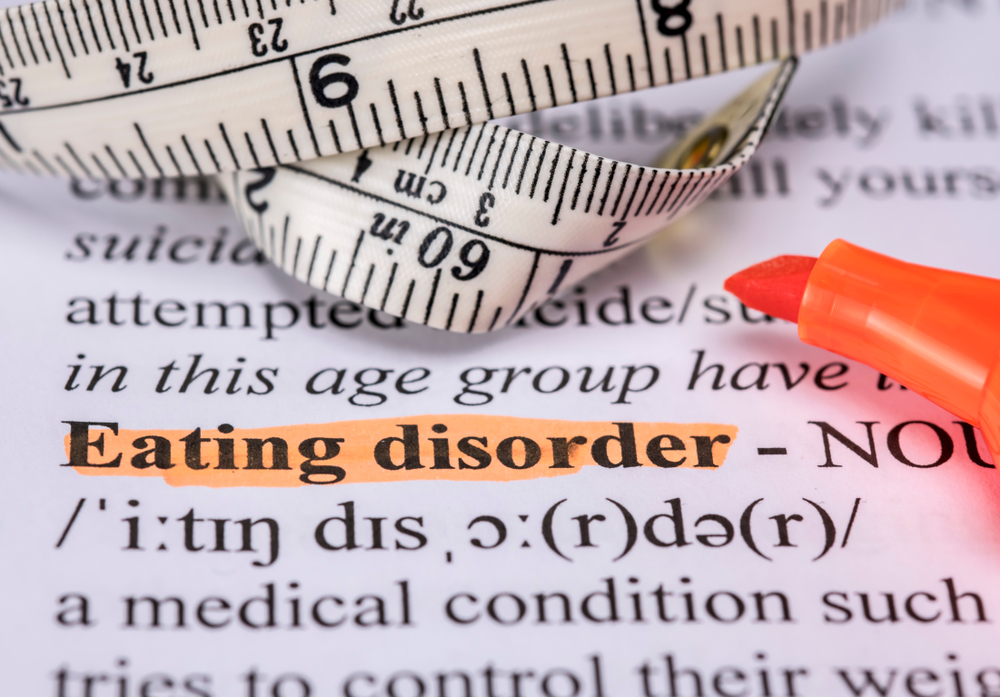
The Centers for Disease Control and Prevention (CDC) explains “ethyl alcohol, or ethanol, is an intoxicating ingredient found in beer, wine, and liquor. Alcohol is produced by the fermentation of yeast, sugars, and starches.” Alcohol is a psychoactive, central nervous system depressant that works by slowing down vital functions in one’s body. Alcohol addiction, also known as alcoholism or alcohol use disorder (AUD), is listed in the Diagnostic and Statistical Manual of Mental Disorders, Fifth Edition (DSM-5) as a chronic brain disorder. According to the Mayo Clinic alcoholism is characterized by a “pattern of alcohol use that involves problems controlling your drinking, being preoccupied with alcohol, continuing to use alcohol even when it causes problems, having to drink more to get the same effect, or having withdrawal symptoms when you rapidly decrease or stop drinking.” Individuals that are addicted to alcohol will prioritize satisfying alcohol cravings above all else, which can wreak havoc in all facets of one’s life, including causing physical complications, relationship fractures, financial strain, legal problems, and more. If left untreated, alcoholism can lead to severe short- and long-term physical and psychological effects, and in some cases death.
Treatment
There are a variety of treatment options for an individual struggling with alcoholism. The first step to overcoming alcohol addiction is to undergo detox. Detox is the process that cleanses one’s body of all foreign substances. Due to some of the more severe withdrawal symptoms that commonly present when detoxing from alcohol abuse, it is advised to undergo a medically supervised detox to ensure one’s safety throughout the process. After an individual has successfully completed detox, depending on the needs of the individual, continuing the recovery process by attending a substance abuse and/ or addiction treatment program may be recommended.
Formal substance abuse and/ or addiction treatment programs provide customized recovery plans that are developed to incorporate the best possible treatment methods which are specifically geared to address each person’s nuanced needs. An alcohol addiction treatment plan may be comprised of different types of therapeutic modalities, such as cognitive behavioral therapy (CBT), dialectical behavior therapy (DBT), expressive arts therapy (e.g., play therapy, art therapy, music therapy, drama therapy, sand therapy, etc.), interpersonal psychotherapy (IPT), eye movement desensitization and reprocessing therapy (EMDR), and more. To further improve one’s overall health and wellbeing, treatment plans could also include refining one’s daily habits (e.g., practicing mindfulness techniques, exercising regularly, developing healthy sleeping habits, eating nutritiously, etc.). Some may benefit from integrating certain medications into one’s treatment plan. For example, Vivitrol (generically known as naltrexone) is a prescription medicine that was originally approved by the United States Food and Drug Administration (FDA) in 2006 to be used for the treatment of alcohol dependence.
The information above is provided for the use of informational purposes only. The above content is not to be substituted for professional advice, diagnosis, or treatment, as in no way is it intended as an attempt to practice medicine, give specific medical advice, including, without limitation, advice concerning the topic of mental health. As such, please do not use any material provided above to disregard professional advice or delay seeking treatment.








